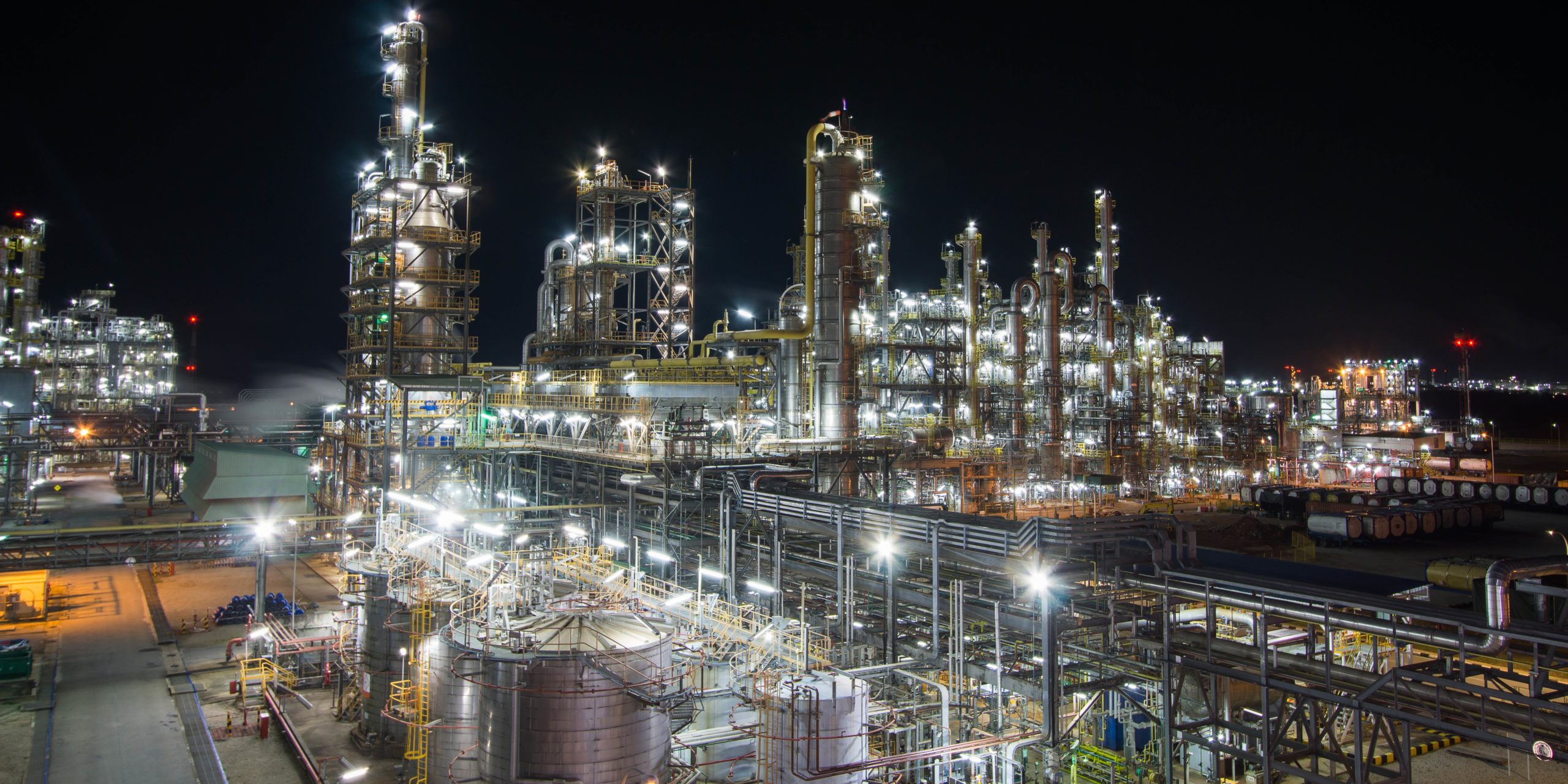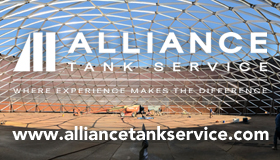With global demand increasing and US natural gas prices jumping to their highest levels in a decade, there may be no better time for new liquefied natural gas export projects to move from the drawing board to reality.
However, concerns about funding, environmental activism, the energy transition and a government regulator viewed as agnostic at best towards the idea of more LNG facilities clash with the idea that increased US exports could be beneficial worldwide.

While numerous LNG export projects are in the developmental stages, only a handful are expected to make it to the final investment decision (FID) phase.
David Lang said during a session at the World LNG & Gas Series Americas Summit & Exhibition conference in Lake Charles, Louisiana, that his company ensures projects “have pricing mechanics that line up and be counted on to be reliable by lenders”.
Lang, a partner for Houston-based law firm King & Spalding, added he was “optimistic but cautious” about the prospect of new LNG export facilities, but that many face the same obstacle: a lack of financial support.
“Even with (environmental and social governance) issues, I think US LNG projects have an advantage,” he said. “I don’t think the primary factor limiting the number of FIDs is ESG. I think the big problem is that there’s not enough (financial backing).”
LNG liquefaction and export facilities are extremely expensive propositions which could take more than a decade to pay off.
Construction costs at Cheniere’s Corpus Christi, Texas, facility, for example, are an estimated $15.6 billion. Even with strong demand for US LNG, that is a a price tag few are willing to support.
“I think there will continue to be a buyer’s market and you will see new entrants, but we’re in a bit of a conundrum here for the next six to 12 months where you will see it is difficult for greenfield projects to get funding,” Height Securities co-founder, John Akridge, said. “I think that will stymie some of them.”
In order to ensure financial security, LNG export facilities look for longer-term contracts of lengths as long as 20 years. Observers said buyers — especially from Europe — are increasingly unwilling to agree to contracts of such length.
“I would say people are going to be looking at contracts more in the eight-to 10-year range on pricing,” said John Borenius, the manager of North America Gas & LNG Products for Tullett & Prebon Financial Services in New York.
Tellurian, for example, secured three 10-year purchase agreements over the summer with Shell NA LNG, Vitol and Gunvor Group for LNG from its proposed 27.6-million tpa Driftwood LNG project in Louisiana.
The inability to secure long-term buyer support could be the death knell for projects before they get beyond the initial phases.
“It makes it harder for project developers to get traction unless you’re willing to bring costs down to rock bottom,” said Jason Feer, head of Business Intelligence for energy broker Poten & Partners in Houston.
“Someone looking at project finance has to be interested in quality contracts. Brownfield-wise, I think we’ll see a fair amount of capacity growth, and I wouldn’t be surprised if some greenfield projects make a run of it. I’m a little more pessimistic on the greenfield projects,” Feer said.
For more information visit www.worldlngsummit.com
Do you have any news articles you would like to submit? Please contact Tracey Sansom: tracey@tankstoragenewsamerica.com

















